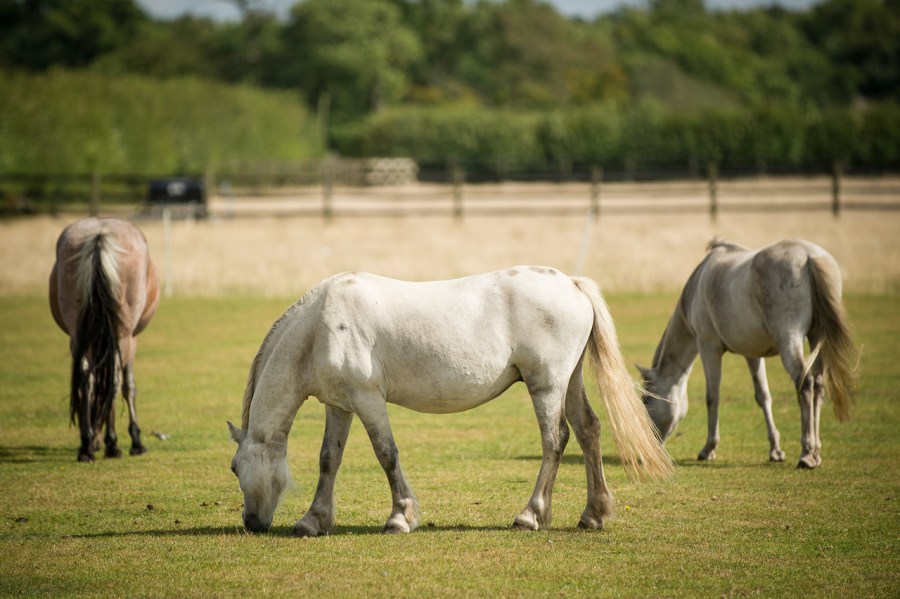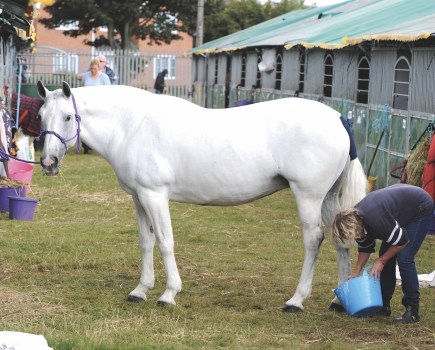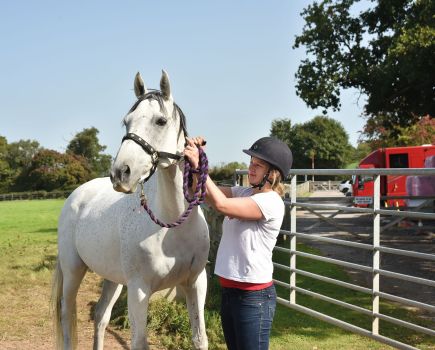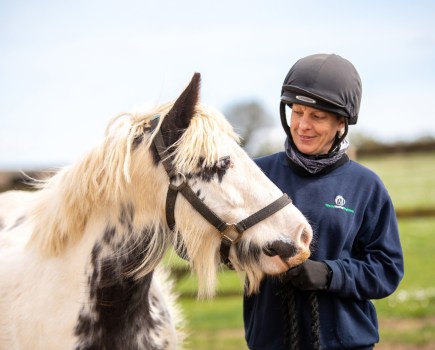The results of a new survey exploring the health and management of older horses have shed light on the reasons why equines may be retired. The findings should help form a better understanding about the risk factors for retirement of veterans and ultimately how active quality of life may be extended.
The survey was conducted in the US by the Gluck Equine Research Center at the University of Kentucky in association with the Spillers brand, via the Waltham Equine Studies Group.
“This survey has highlighted several interesting retirement trends,” said Sarah Nelson, Product Manager at Mars Horsecare, home of the Spillers brand. “With a better understanding of when and why senior horses are being retired we hope, eventually, to be better placed to monitor for, prevent (where possible), and treat the underlying conditions early on, to help horses stay active and healthy for longer.”
A total of 2717 completed surveys were analysed. Respondents were predominantly leisure horse owners, with fewer equine professionals, and most of the horses were being used for pleasure riding or driving or were in full retirement.
- Most horses (62%) were retired between 15-24 years of age, with health problems cited as the main reasons. Horses with owner reported veterinary-diagnosed laminitis, lameness and degenerative suspensory ligament desmitis had higher odds of retirement than those that did not have these conditions.
- Mares had a higher risk of retirement than geldings. This may be partially due to mares used for breeding not undertaking much structured exercise.
- Just over 1 in 6 horses in the study were affected by low muscle mass according to their owners.
- Age, sex, osteoarthritis, laminitis, pituitary pars intermedia dysfunction (PPID), and primary use were identified as risk factors for low muscle mass.
- Geldings had a higher risk of low muscle mass than mares, which may be a result of low testosterone.
- Horses with owner-reported veterinary-diagnosed PPID, osteoarthritis and laminitis had a higher risk of low muscle mass.
- Primary use was identified as a risk factor for low muscle mass, with retired horses having a higher risk than horses used for competition or pleasure riding.
- Owner-reported low muscle mass was perceived to affect welfare and the ability to work in the majority of senior horses.
“A prolonged working/active life may not only be desired by owners but is also likely to provide health and welfare benefits to the horse,” said Alisa Herbst, who led the study. “We hope the results of this study may be useful for veterinarians caring for senior and geriatric equines, by helping to achieve this.
“The information may aid in the investigation of diseases affecting senior horses and in establishing senior horse-owner education programs. The low muscle mass risk factor list may assist vets in identifying horses at risk of low muscle mass to be selected for close monitoring.
“Vets may also consider inclusion of an objective measurement of muscle atrophy, such as the muscle atrophy scoring system, in annual wellness exams, so that atrophy can be identified and managed as early as possible.”









